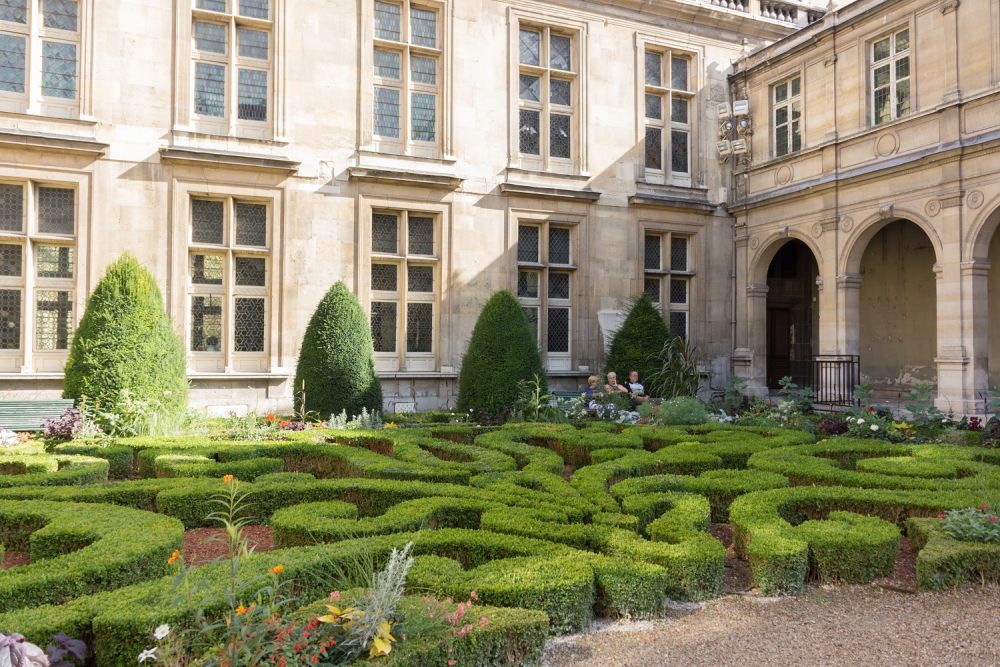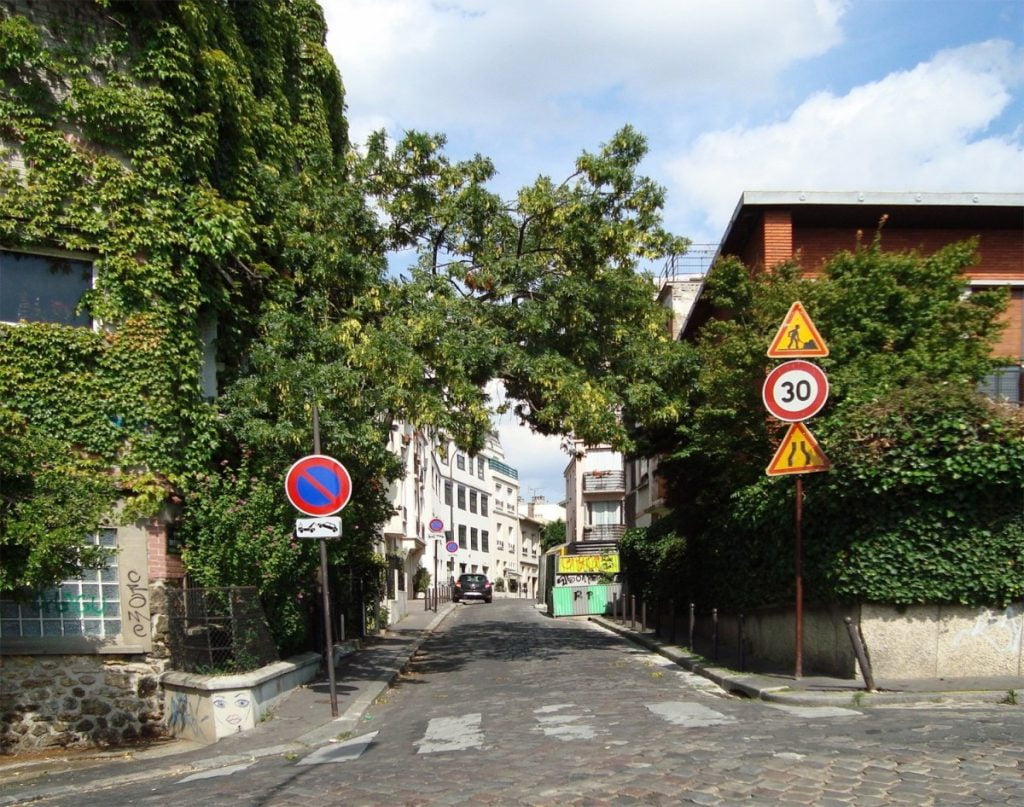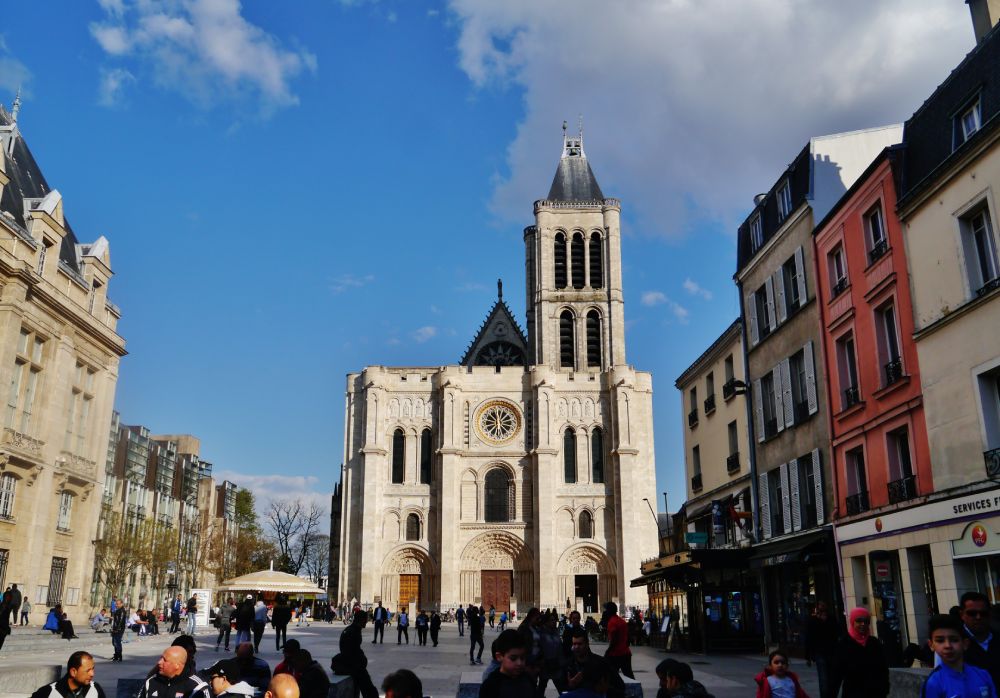When visiting a big city like Paris, deciding where to stay can be challenging. The city has several areas and neighbourhoods, some close to tourist attractions while others are pretty undesirable. With my extensive experience and numerous trips to the French capital, I can guide you on the best areas to stay in and those you should avoid. In this article, I will provide all the necessary information to make an informed decision.
Table of Contents
How to find your way around the districts of Paris
To orient yourself in Paris, consider that each district corresponds to an administrative subdivision called arrondissement, each divided into administrative districts. However, there are also areas whose names do not correspond to an actual administrative subdivision.
PLAN YOUR TRIP TO PARIS
Save money in Paris with the Paris City Card or the Paris Museum and Experiences Pass. Get free entry to major museums, climb the Eiffel Tower, and enjoy a Seine cruise and tourist bus.
To stay connected in France, remember to buy an Airalo eSim online, with data and phone coverage for your trip to Paris.
For instance, Bastille, Le Marais and the Latin Quarter are not part of a defined administrative area and spread over several arrondissements. They are, however, considered neighbourhoods for all intents and purposes because they have a precise architectural or cultural identity.
Paris administrative districts
When referring to the city’s subdivision into administrative districts, when you refer to Notre-Dame, for example, you are referring to the administrative subdivision of the 4th arrondissement, commonly called the Hôtel-de-Ville. If, on the other hand, you are talking about the Opéra district you are referring to the 9th arrondissement which includes the districts of Saint-George, Chaussé-d’Antin, Faubourg Montmartre and Rochechouart.
In Paris, the arrondissements are numbered in a spiral from the center. That is why district III borders XI and district X borders XIX. The 1st arrondissement is the most central district and is home to the Louvre, one of the oldest districts in Paris.
It sounds complicated, but it becomes understandable as soon as you can imagine the map of the city divided into sections like the shell of a snail, an escargot as the Parisians say, and each section divided in turn into four parts. To help you choose where to stay, below is the name of the district or area used by tourists, with a reference to the arrondissement or administrative district to orient you.

Best neighbourhoods to sleep in Paris
Every district in Paris has its characteristics that make it unique. If you don’t have budget problems, you can stay in the city centre, close to the main tourist attractions. Areas inhabited by students, such as the Latin Quarter, around the Sorbonne University, Montmartre and Belleville offer cheaper accommodation and are home to several nightclubs for late-night sightseeing.
Below is an overview of the leading districts where tourists stay. When choosing a hotel, consider the distance to the attractions you want to visit because Paris is very big. For example, if you only have a few days to spare and you really want to see the Louvre and the Eiffel Tower, it might be convenient to stay in the centre to reduce your travelling time.
Louvre, Bourse, Opéra (1st, 2nd and 9th arrondissements) – Centre and right bank of the Seine
The Louvre district constitutes the 1st arrondissement and is the oldest and most central district of the French capital, dating back to the Middle Ages. It is home to the Louvre Museum, the Palais Royal, the Place Vendôme column, the Arc de Triomphe, the Conciergerie, Les Halles shopping centre and the Tuileries Garden.
The 2nd arrondissement of Paris is located on the right bank of the Seine, and the main buildings are the Paris Stock Exchange, hence the district’s name, and the former site of the National Library. The Opéra district that corresponds to the 9th arrondissement is home to the majestic Opéra Garnier building, the opera house and first theatre in Paris, the music hall Les Folies Bergères and the Grévin Museum, the capital’s wax museum.
This area of Paris is exquisite, with some of the most beautiful buildings and large illuminated boulevards. Still, the hotels are more expensive than in other districts of the capital and perhaps more suited to those seeking a luxury trip. See hotel prices on the map below.
Booking.comLe Marais and Ile de la Cité (3rd and 4th arrondissements) – Right bank of the Seine
The Marais district, located on the right bank of the Seine and divided between the 3rd and 4th arrondissements of Paris, is full of art galleries and boutiques. Its main attractions are the 17th-century square Place des Vosges, the Picasso Museum, the Carnavalet Museum on the city’s history, the Hôtel de Ville, and the city hall rebuilt after the Commune of 1871.
Le Marais is also home to the city’s largest Jewish community, making it the best area to enjoy kosher cuisine. Not far away is the Centre Georges Pompidou, which houses the National Museum of Modern Art. The remaining part of the 4th arrondissement includes the islands in the Seine Ile Saint-Louis and Ile de la Cité on which Notre-Dame Cathedral stands.
This refined and elegant district is in a great location. It is perfect for enjoying the best of Paris, a stone’s throw from the centre and the nightlife area. Hotel prices range from medium to high budgets, which is still quite expensive. See hotel prices on the map below.
Booking.comLatin Quarter (5th and 6th arrondissements) – Left Bank of the Seine
Like Le Marais, the Latin Quarter does not correspond to an administrative subdivision of the French capital. Still, it is between the 5th and 6th arrondissements. Specifically, the Latin Quarter refers to the area from Saint-Germain-des-Prés to the Luxembourg Gardens, with the Sorbonne University at its centre. Among the main attractions of the Latin Quarter are the Pantheon, the Hôtel de Cluny, which houses the Museum of the Middle Ages, and the Luxembourg Gardens, with its monumental palace of the same name that houses the French Senate.
The district’s name comes from Latin, the official language used in medieval schools and universities. Even today, many Parisian universities, schools and high schools are here. For this reason, it is a reasonably inexpensive neighbourhood, full of students and cafés. To stay in the area, you can choose from various hotels ranging from two to four stars. See hotel prices on the map below.
Booking.comMontmartre (18th arrondissement)
The 18th arrondissement has incorporated the old commune of Montmartre, from which it takes its name. The main sightseeing is the imposing Sacre Coeur Basilica. Since the 19th century, it has been home to many artists such as Modigliani and Picasso, becoming a symbol of the Parisian Belle Époque and the rural, independent life within the city.
The neighbourhood is full of restaurants, brasseries and souvenir shops. At night, it comes alive thanks to numerous nightclubs in the red light area of Pigalle, most famous for the iconic Moulin Rouge cabaret. The shows are pretty touristy, but the area best suits fun-seekers who want to go out at night.
Accommodation ranges from budget to luxury hotels. If you want to stay in Montmartre, I advise you to pay attention when choosing a hotel here because, in some areas of the district, you won’t be able to sleep due to the noise from the nightclubs. In contrast, other areas of Montmartre are tranquil and recommended. See hotel prices on the map below.
Booking.comSave money staying in the suburbs of Paris or neighbouring municipalities
Given the high prices of Parisian hotels, consider staying in the suburbs or the surrounding communes. Since Paris is well connected during the day and evening by public transport, metro, bus and RER, you can save a lot of money by not sleeping in the centre or the more touristy areas.
For example, Belleville is a neighbourhood I like a lot, surrounded by greenery thanks to the presence of the Parc de Belleville and full of clubs with outdoor tables along the main street.
Also, consider staying in one of the neighbouring communes served by the metro or the RER train line, which runs frequently at all hours. The latter is a good option, especially if you are travelling with young children and looking for a quiet area to sleep rather than a neighbourhood full of nightclubs.

Worst neighbourhoods to sleep in Paris
While it is a generally safe city, there are some areas of Paris that I suggest you avoid, especially at night. Some Parisian suburbs called banlieues are less recommendable, especially in the north of the city, such as the Saint-Denis neighbourhood.
The common sense advice you should implement on any trip, especially if travelling alone, applies. That is, choose a hotel in an area that is not too decentralised, well-lit, with well-frequented bars and restaurants in the vicinity and with a reception that is always open at night, especially if you plan to go out at night.
In my experience, the areas of Paris around the train stations were more manageable. However, some websites suggest avoiding the areas around the Gare du Nord and Gare de l’Est. Generally, around the stations, there are cafè open at all hours, making the area safer, and good hotels are designed especially for business travellers.
The northern banlieue of Paris
The part of Paris I advise you to avoid is mainly the northern banlieue, where you will find decidedly run-down neighbourhoods and communes. Saint-Denis, Bobigny, Aulnay, Gennevilliers, Clichy, Sevran, Creteil and Montreuil may be pretty and picturesque during the day. Still, they have large, popular areas with frequent episodes of petty crime.
Saint-Denis, in particular, is considered one of Paris’s most problematic suburban areas. Although there are some tourist attractions, such as the Saint-Denis Cathedral and a lively market, it is an unsafe area where I advise against walking as soon as night falls.

Is Paris a dangerous city?
Paris, the capital of France, is generally considered a safe city to go out in the evening and late at night. However, like all big cities, Paris also has less secure areas. The central areas are safe day and night. However, in tourist areas, you may encounter pickpockets, a usual risk while travelling as a tourist.
To avoid any inconvenience, do not leave your wallet in the back pocket of your trousers, and keep an eye on your bag, especially in crowded places such as queues for attractions or on public transport. In particular, be careful around the Eiffel Tower, the Louvre Museum, and Notre Dame Cathedral.
Feel free to leave a comment if you found these tips helpful regarding a place to stay when planning a trip to Paris.
